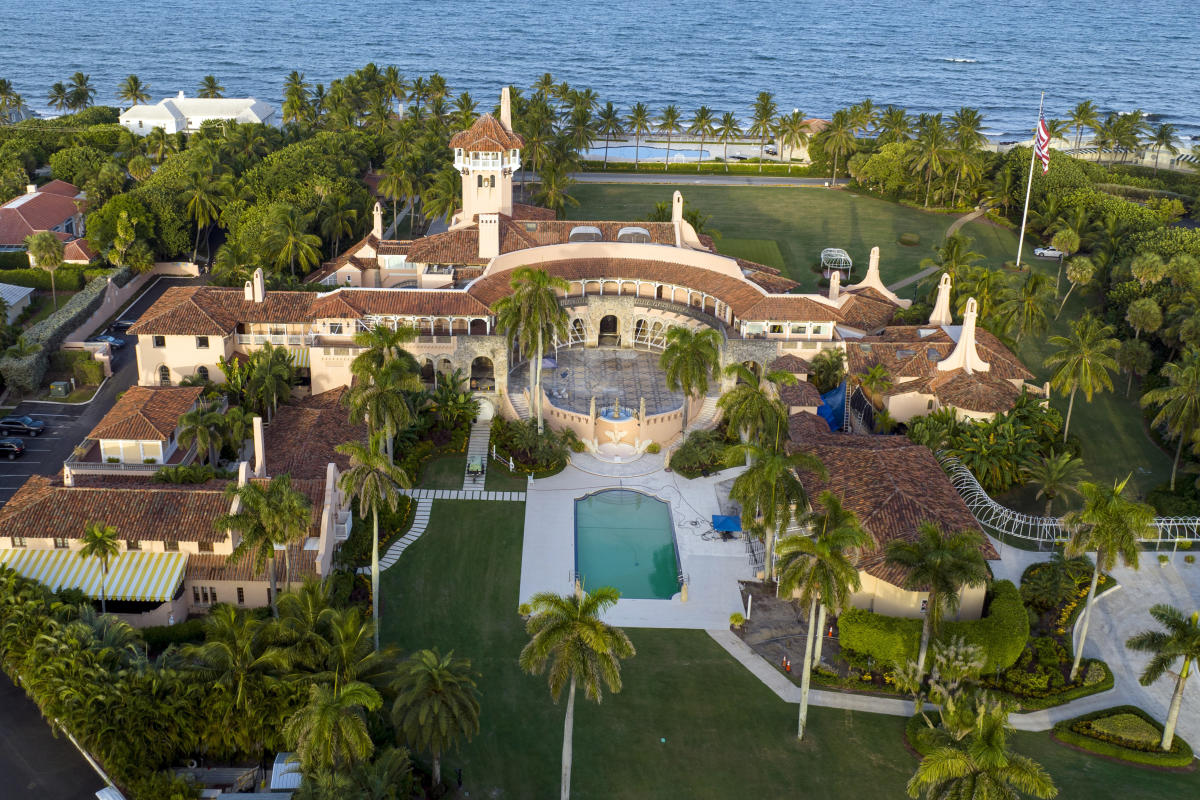#New York’s daily coronavirus cases top 1K for first time in months

“#New York’s daily coronavirus cases top 1K for first time in months”

The concerning state figure comes as city officials, struggling to contain COVID-19 clusters in some spots, announced an uptick in virus cases in four new communities.
There were 1,005 new virus cases in the state Friday, or 1 percent of the 99,953 tested, Gov. Cuomo’s office said Saturday. The last time the daily case count was that high was June 5 when 1,108 people tested positive for the virus.
There were 429 new cases in New York City where 1.1 percent of the results came back positive.
Four people died from COVID-19 statewide Friday. A total of 527 people were hospitalized.
The governor’s office linked the jump in cases to increased testing. In June, about 65,000 people were being tested a day.
Coronavirus hot spots have been identified in several Brooklyn neighborhoods in recent days including Midwood, Borough Park and Williamsburg which serve as hubs of the Orthodox Jewish community.
Gareth Rhodes, a member of the state’s coronavirus task force, tweeted that new COVID-19 hospital admissions were coming from “select ZIPs in the lower Hudson Valley & Brooklyn.”
City health officials Saturday released new data on the number of positive test results in “areas of concern” in Brooklyn and Queens, including 6.7 percent in Gravesend/Homecrest; 5.2 percent in Midwood; 3.5 percent in Kew Gardens; and 4.2 percent in Borough Park.
“These areas account for over 23 percent of new cases citywide over the past two weeks despite representing just under 7 percent of the city’s overall population,” the Health Department said.
In addition, the DOH said four ZIP codes — Rego Park, Kew Gardens Hills/Pomonok, Kensington/Windsor Terrace and Brighton Beach/Manhattan Beach/Sheepshead Bay — had seen an increase in cases and positivity rates between 2 and 3 percent.
The news comes as a new study of dialysis patients revealed about a third of New Yorkers and less than a tenth of American adults were exposed to the coronavirus by the end of July.
That level is far from the “herd immunity” many are hoping will help end restrictions aimed at slowing the spread of the virus.
In some states, the infection rate was essentially zero, according to the study, which tested plasma samples from more than 28,000 randomly selected dialysis patients from across the US. In New York, the rate was 33.6 percent, by far the highest in the nation, with the rate largely skewed toward downstate counties. The next highest was Louisiana, at 17.6 percent. New Jersey’s rate was just 11.9 percent.
Nationwide, the infection rate was just 9 percent. Herd immunity means enough people are infected to prevent further spread of the virus. Experts say for the coronavirus, that would be about 50 to 65 percent of the population.
However, it’s not clear how long infection can protect someone. Last month, a Nevada man became the first person in the country to get COVID-19 twice.
Several other patients in China and Europe have also been reinfected.
For forums sites go to Forum.BuradaBiliyorum.Com
If you want to read more News articles, you can visit our News category.



